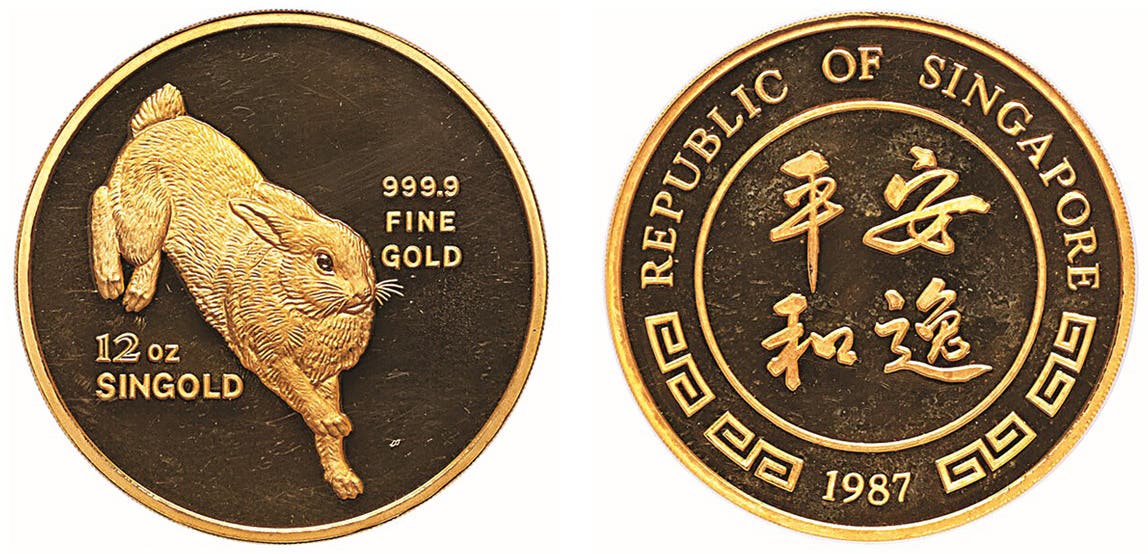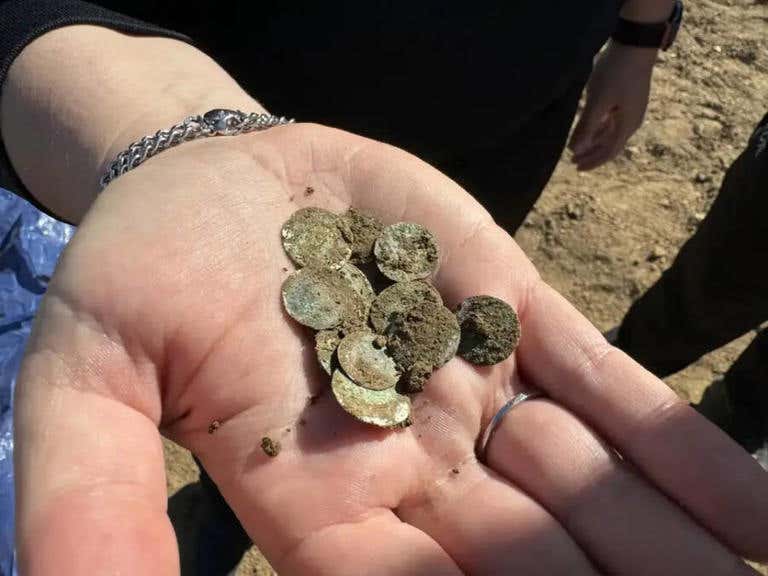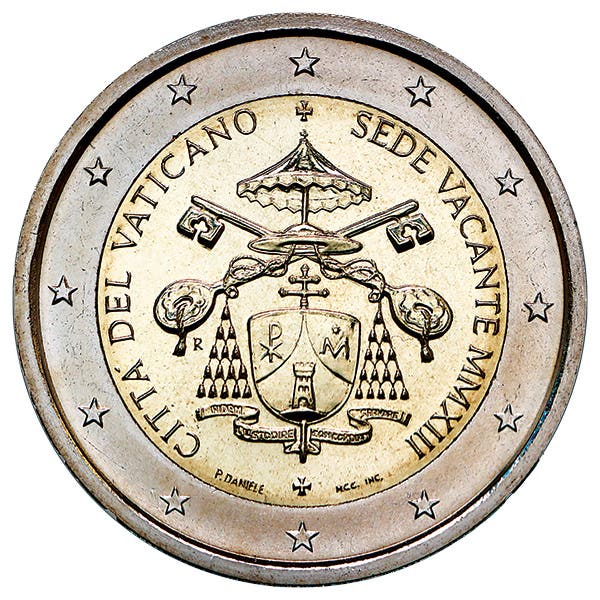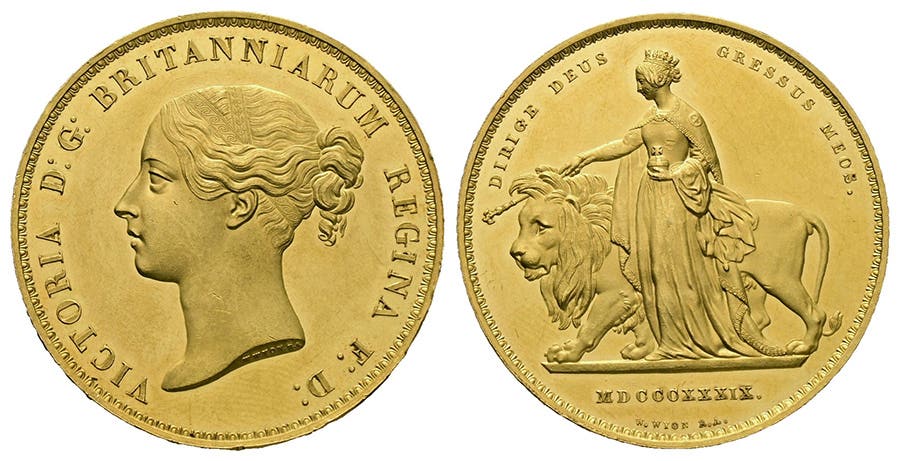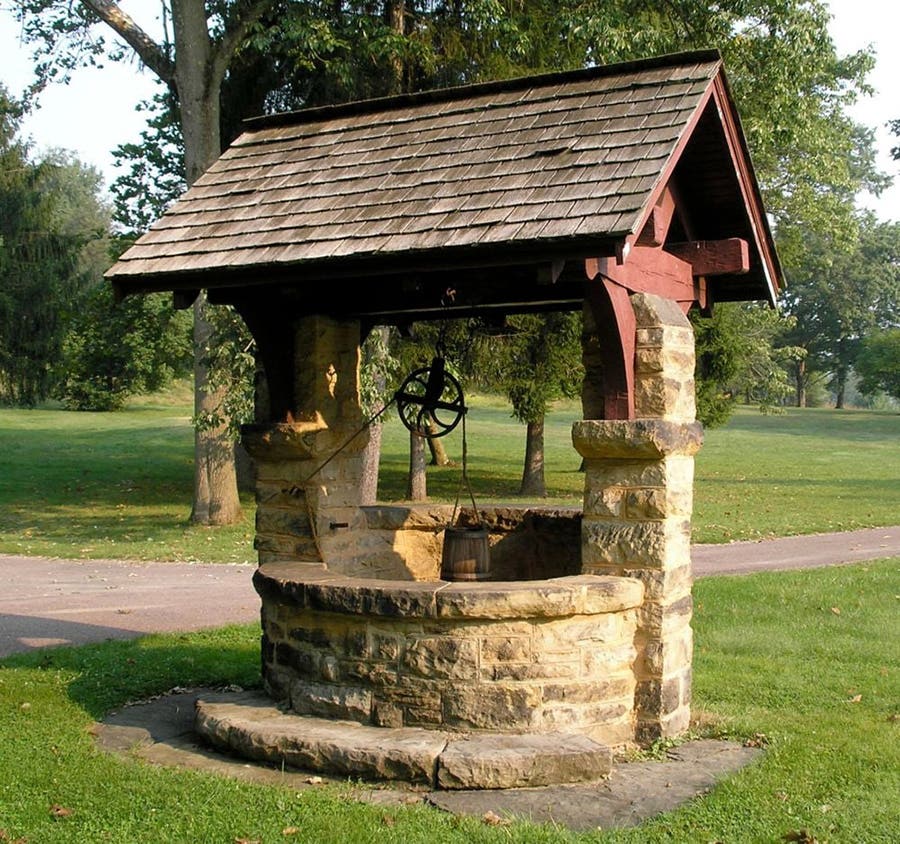Viking Coins of Harald Bluetooth
Could it be true that where there’s smoke there’s fire? That’s what archaeologists involved in studying a recently uncovered hoard of Viking age coins are asking themselves. The find was…
Could it be true that where there’s smoke there’s fire? That’s what archaeologists involved in studying a recently uncovered hoard of Viking age coins are asking themselves.
The find was announced April 20 by Director of the North Jutland Museum Lars Christian Norbach. The find was discovered by a young girl with a metal detector about five miles from the ruins of the Viking Fyrkat fortress ringfort near the town of Hobro in northwestern Denmark. She has been given financial compensation for the find; however the amount of that compensation has not been made public.
In 1241 King Valdemar II declared all valuable items of unknown provenance found must be turned over to the crown. Today metal detecting is legal in Denmark as long as the finder has permission of the landowner to search the property. Metal detector enthusiasts cannot search archeological excavation and protected sites, burial grounds, castle ruins, and monuments.
Fyrkat was a Viking ring castle estimated to have been built near Hobro in northern Jutland about 980. The castle is situated on a narrow piece of land with a stream on one side and swamp otherwise surrounding the structure. The castle was built to control the land route between Aailbor and Aarhus.
In all nearly 300 silver coins were discovered at two sites. The find includes Danish, Arab, and German coins as well as jewelry that according to site archaeologists likely originated in Scotland or Ireland.
Norbach said the finds were from the same period as the fort, built by King Harald Bluetooth, and should offer insight into the history of the Vikings. Norbach speculated there might be a link between the treasure and the fort. The fort was burned about the time it has been estimated the coins were minted.
Museum archaeologist and curator Torben Trier Christiansen said, “The two silver treasures in themselves represent an absolutely fantastic story, but to find them buried in a settlement just eight kilometers from Harald Bluetooth’s Viking castle Fyrkat is incredibly exciting.”
The museum indicated the coins do not depict a cross, a design element added by Harald late in his reign as propaganda in connection with his Christianization of the Danes.
Harald Blåtand Gormsen or Bluetooth ruled Denmark between about 958 and 986. Harald is credited with Christianizing the Danes. He consolidated his rule over Jutland and Zealand, then became king of Norway following the assassination of King Harald Greycloak. Bluetooth’s son Sweyn Forkbeard may have deposed him from the throne of Denmark prior to his death.
Danish coinage dates from at least the period of 825 to 840. Harald Bluetooth’s earliest penning coinage were primarily nondescript hack silver. His ”cross” coinage appears about 975 to 980 and was introduced as Denmark’s first national coinage. Denmark was on a silver economy, Islamic dirhams dominating the Viking economy prior to Bluetooth’s coins. It is believed Denmark’s first cross coins were minted at Haithabu.
According to Jens Christian Moesgaard in his book King Harold’s Cross Coinage, Christian Coins for the Merchants of Haithabu and the King’s Soldiers, “The cross coins are small, fragile and of low weight (about 0.20–0.35 grams). They are often called half bracteates as they are so thin, the stamps on the two sides get mixed up. The cross coins are very dissimilar to the contemporary Islamic, Byzantine, German, or English coins of the same period. The nearest model is the Carolus-Dorestad imitations from about 900 about. 980.”
Moesgaard continues, “The coins are anepigraphic, thus lacks a legend or an inscription. An attribution of the coins to the reign of Harold Bluetooth is thus circumstantial and consists of a combination of geographic and chronological information as well as the prominent cross-design.”
“Since two hoards from one of his ring fortresses (Nonnebakken) did not contain these coins, the terminus post quem has been argued to fall between c. 975 – 980. The evidence indicates that the minting period was short but intensive. The geography suggests the coins were minted at the instigation of the king.”
Norbach hopes there is a link between this find and the fort burning down during the same period. Archeologists plan to continue digging late this year in hope to find the burial sites and homes of the troves’ one-time owners. Vikings believed that burying their treasure allowed them to find it again after death. The find will be on at the Aalborg Historical Museum beginning in July.



